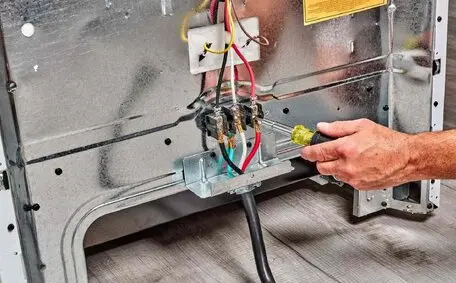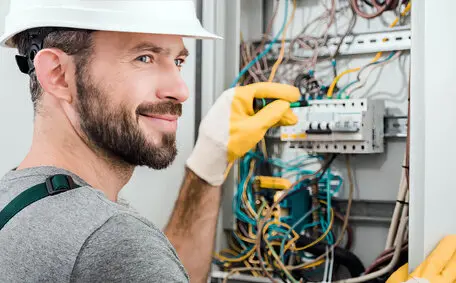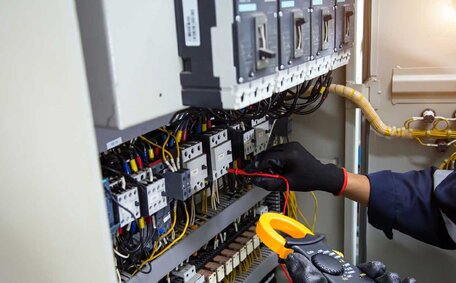
Pick the Best Switchboard for Your Business
A reliable switchboard is essential for a commercial property’s safety and efficiency. Discover key factors to ensure the right choice for your business needs.
Read MoreYou finally found it! The perfect spot for your business – spacious, well-lit, and brimming with potential. The excitement is electric, literally. But before that celebratory neon sign flickers on, there’s a crucial first step: ensuring your new space has the electrical muscle to power your dreams.
Think of electrical connections like the foundation of a building; they’re crucial. A robust electrical system keeps your business running like clockwork, from lighting the office to powering essential equipment.
Connecting your business to the grid isn’t a simple task of flipping a switch. It involves a series of steps, from contacting your utility provider to inspections and, of course, the actual installation. Understanding these steps will ensure a smooth transition into your new space and keep your business buzzing from day one.
When starting a new business, the excitement of launching your venture can overshadow crucial details like electrical infrastructure. But neglecting to plan ahead for power connection can lead to costly delays and even safety hazards. This is where the importance of a qualified Level 2 electrician comes in.
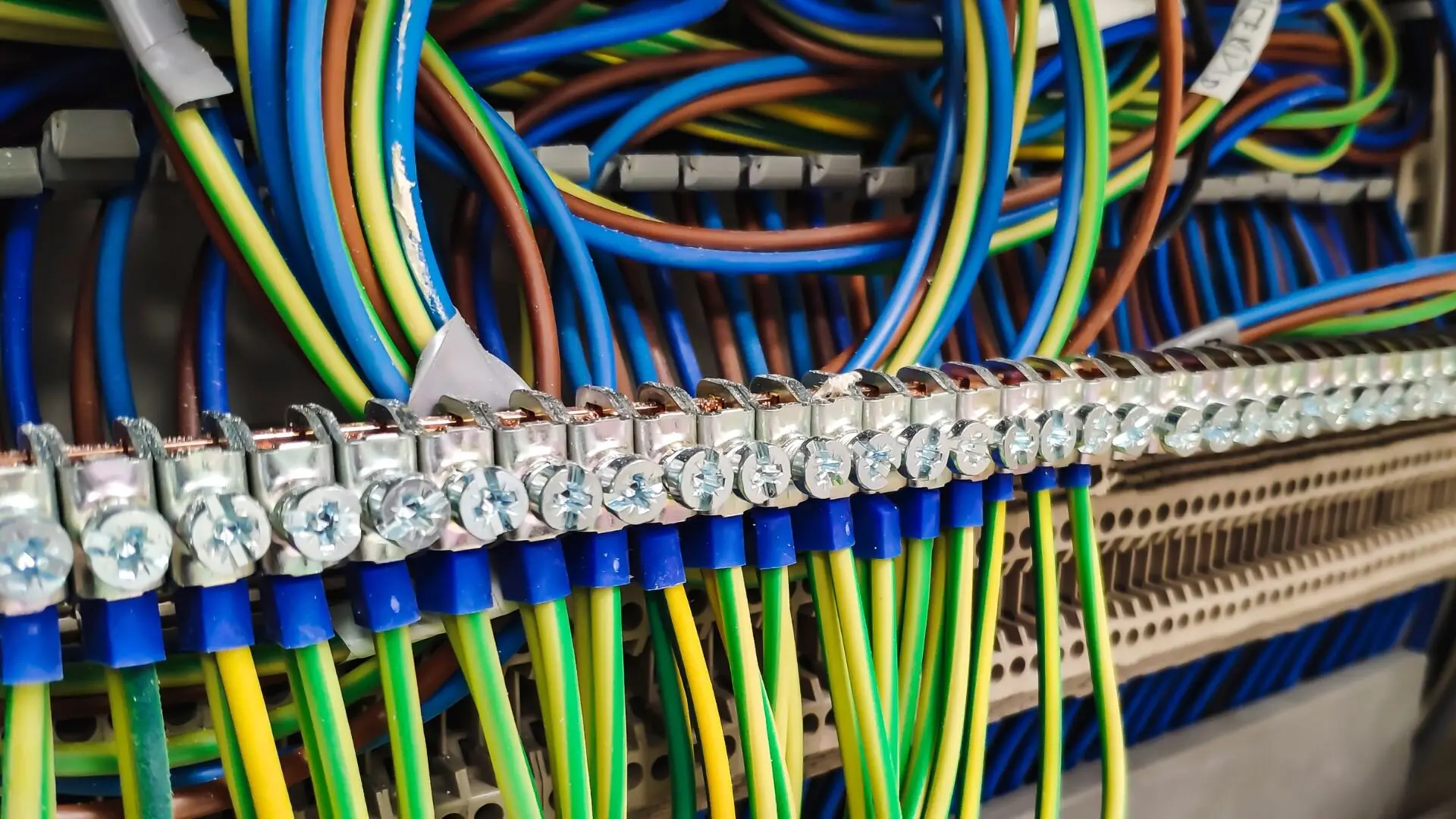
Proactive planning is key. Contacting a Level 2 electrician as early as possible, ideally during the initial stages of setting up your business, offers several benefits. They can assess your space, identify potential electrical needs based on your business operations, and guide you through the entire connection process. This ensures a smooth transition from securing a location to having the necessary power to operate seamlessly.
A Level 2 electrician holds a specific license that allows them to handle complex electrical installations, like those required for new businesses. Their expertise goes beyond simply installing outlets. They can:
To make the connection process faster, you’ll want to have some important details handy for your Level 2 electrician. Here’s what you’ll need:
While a Level 2 electrician can handle the technical aspects, there’s a chance you might need additional permits or approvals from your local energy provider. The electrician can advise you on this and help you navigate the permit process, ensuring a smooth connection without any surprises.
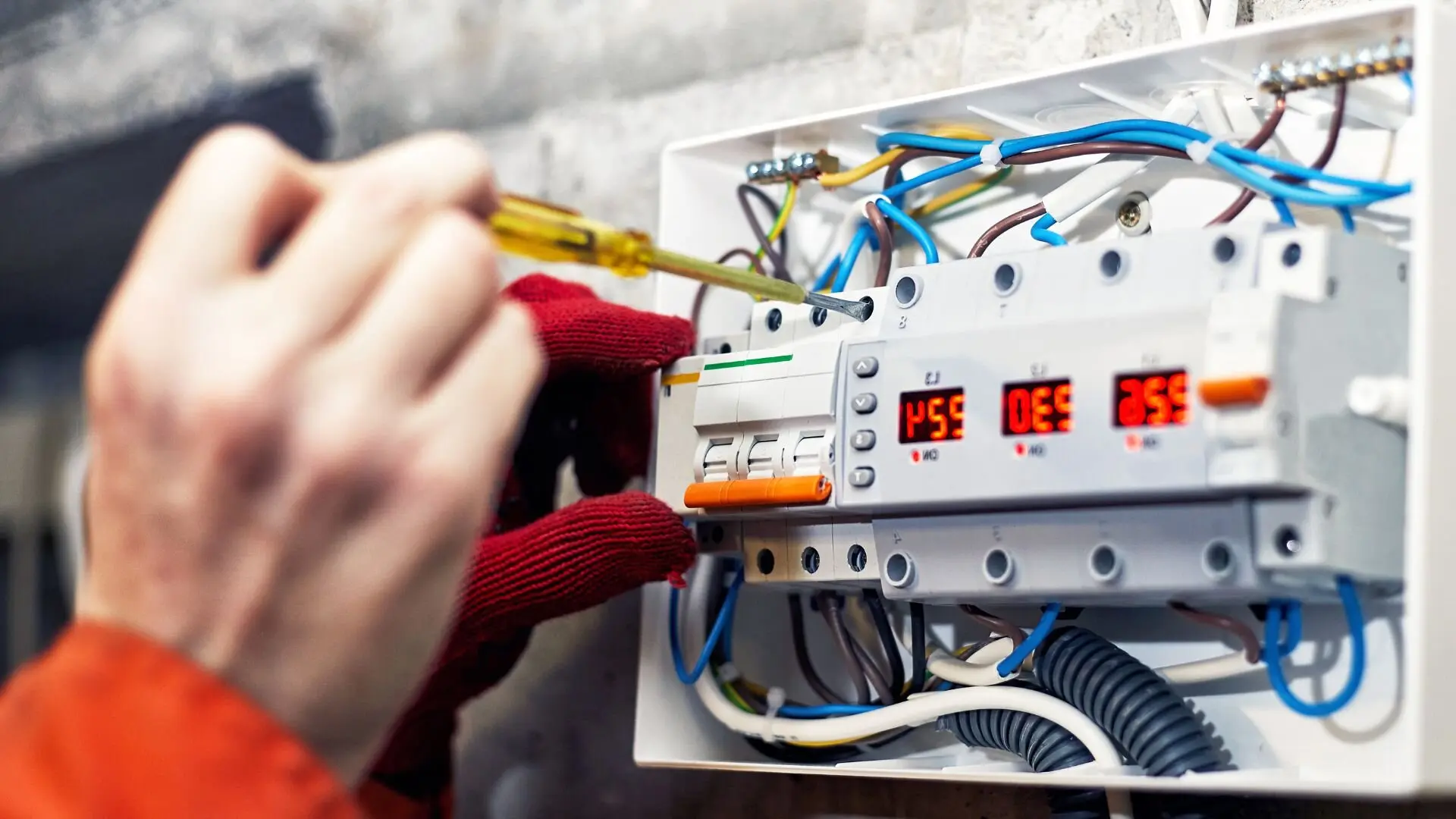
Connecting your business to the power grid involves several steps. However, with good communication and teamwork, the process can be pretty smooth. Let’s break it down:
Communication is Key: Throughout this process, clear communication between you, the electrician, and the energy provider is crucial. Regularly discuss any questions or concerns you may have. The electrician can act as a liaison, keeping you informed and ensuring a smooth connection for your business.
Even though the power connection process aims for efficiency, sometimes unexpected hurdles pop up. Let’s look at some common roadblocks you might face:
A qualified Level 2 electrician possesses the expertise to navigate these challenges. They can assess the situation, develop solutions, and keep you informed throughout the process, ensuring a smooth and successful connection.
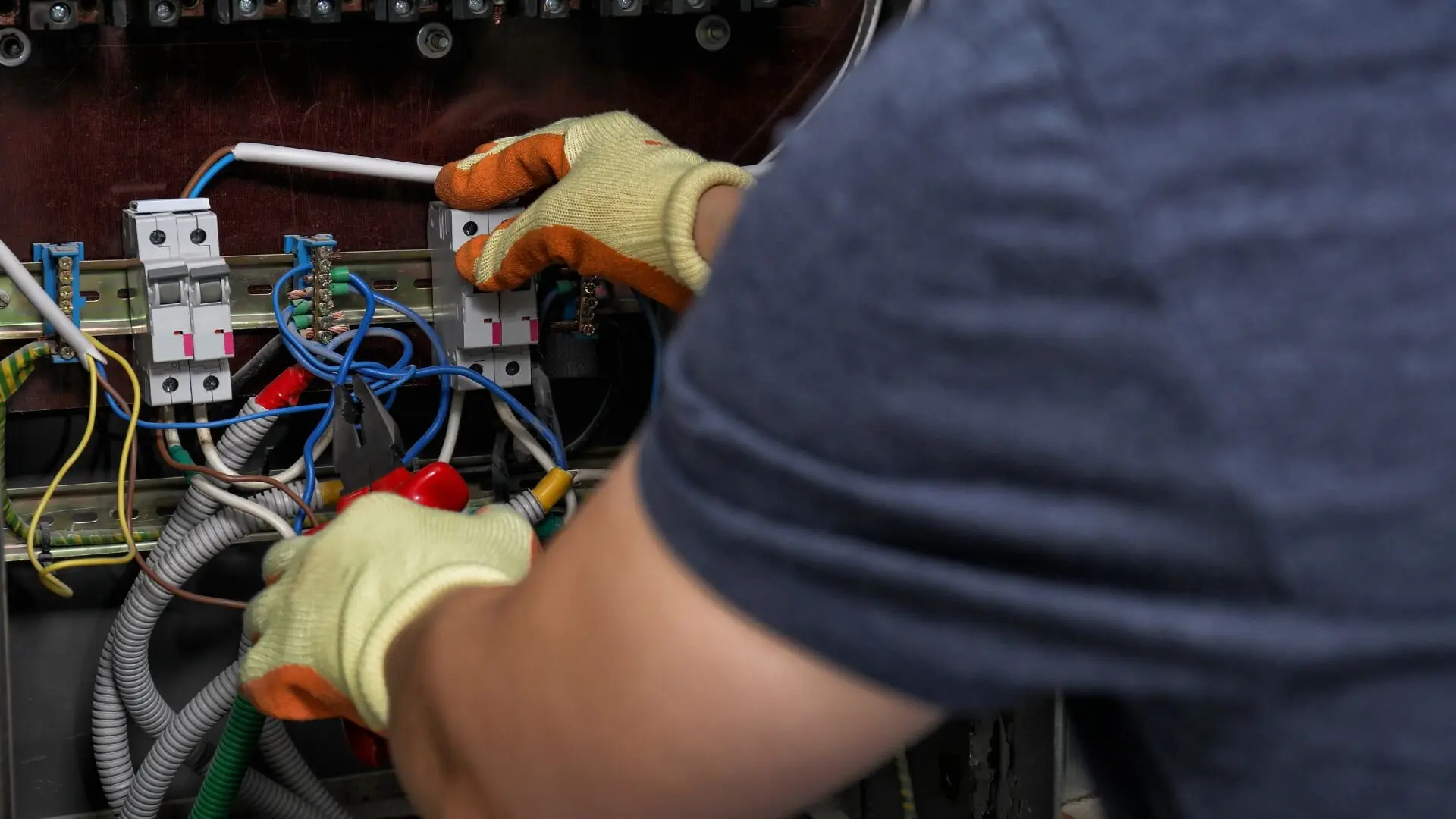
Ensure a smooth power setup by gathering necessary documents like permits and blueprints. Clearly communicate your business’s electrical needs and timeline to the electrician. Flexibility is key—a few twists and turns might come up along the way. These steps help keep your power connection seamless and your project on track.
Taking the leap to a new business space is exciting. While electrical wiring might seem daunting, it can be confidently conquered. By planning your needs and partnering with a skilled electrician, you’ll ensure a safe and efficient connection, getting your business powered up and ready to shine in no time.
Getting the power on at your new business location is a crucial first step. By following these steps and partnering with a qualified electrician like Bright Force Electrical, you can ensure a smooth and safe connection process.
Our Level 2 experts are ready to tackle the complexities of securing your power connection. We handle the necessary electrical work on your site, ensuring your business is up and running promptly. Reach out to Bright Force Electrical today for a free consultation—let us help power your success!
Did you enjoy reading our article “Connecting Power to a New Business Location”? We have many related articles you may also be interested in reading, like the below:
A reliable switchboard is essential for a commercial property’s safety and efficiency. Discover key factors to ensure the right choice for your business needs.
Read MoreAre you looking to connect power to your new home? Join us as our experts provide a step-by-step guide to connecting power to your home safely, ensuring a secure and efficient electrical setup.
Read MoreDiscover the significance of correctly connecting power for your safety and electrical system’s efficiency. Read our guide to ensure a secure and optimised setup.
Read MoreWe will call back as soon as possible.
